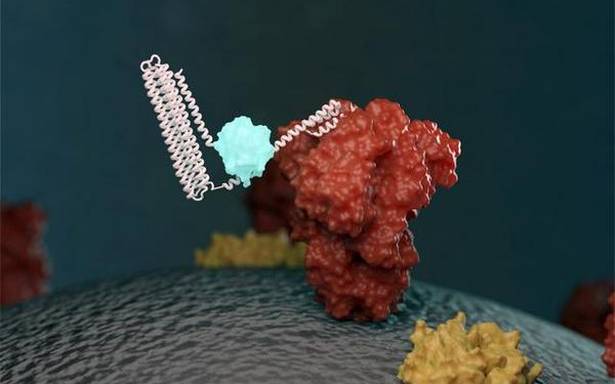These protein-based devices recognise specific molecules on the surface of the virus, bind to them, then emit light through a biochemical reaction
Scientists have developed new protein-based biosensors that glow when mixed with components of the novel coronavirus or specific COVID-19 antibodies, a breakthrough that could enable faster and more widespread testing for the disease.
When mixed with fluid from a nasal swab or blood sample, these protein sensors emit light within minutes, according to the research published in the journal Nature.
Current coronavirus diagnosis relies mostly on a technique called RT-PCR, which amplifies genetic material from the virus so that it can be seen. This technique requires specialised staff and equipment, and also consumes lab supplies that are now in high demand all over the world.
In order to directly detect coronavirus in patient samples without the need for genetic amplification, researchers led by David Baker, a professor at the University of Washington in the U.S., used computers to design new biosensors.
These protein-based devices, described in the journal Nature, recognise specific molecules on the surface of the virus, bind to them, then emit light through a biochemical reaction. Antibody testing can reveal whether a person has had COVID-19 in the past. It is being used to track the spread of the pandemic, but it too requires complex laboratory supplies and equipment. The same team also created biosensors that glow when mixed with COVID-19 antibodies.
They showed that these sensors do not react to other antibodies that might also be in the blood, including those that target other viruses. According to the researchers, this sensitivity is important for avoiding false-positive test results.
“We have shown in the lab that these new sensors can readily detect virus proteins or antibodies in simulated nasal fluid or donated serum,” said Baker. “Our next goal is to ensure they can be used reliably in a diagnostic setting. This work illustrates the power of de novo protein design to create molecular devices from scratch with new and useful functions.”
This article is auto-generated by Algorithm Source: www.thehindu.com


